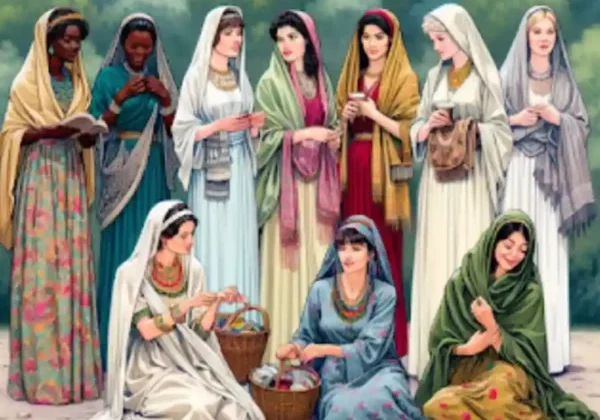Flora Danica: A Timeless Botanical Masterpiece and Cultural Treasure of Denmark

SHARE
The illustrious history of Flora Danica is a captivating narrative that intertwines botany, art, and royal ambition, encapsulating the spirit of the Danish Enlightenment. Commissioned in the mid-18th century, this monumental work not only serves as a botanical encyclopedia but also as a testament to the artistic prowess of its time.
The seeds of Flora Danica were sown in 1752 when King Frederik V of Denmark envisioned a comprehensive botanical reference that would catalog the flora of his kingdom. This ambitious project was entrusted to **Georg Christian Oeder**, a prominent botanist who proposed the creation of a detailed account of the wild plants native to Denmark and its territories. The work commenced in 1761, marking the beginning of a 122-year journey that would culminate in 1883.
The initial volumes were published in a period characterized by a burgeoning interest in science and nature, driven by the Enlightenment’s emphasis on rationality and empirical knowledge. Oeder’s vision was to illuminate the diverse plant life of Denmark, detailing their medicinal and ecological significance. The first ten volumes, comprising 600 exquisite copper engravings, were released between 1761 and 1771, captivating audiences with their intricate detail and artistic flair.
Flora Danica is distinguished not only by its scientific rigor but also by its artistic merit. The illustrations were masterfully crafted by **Michael and Martin Rössler**, skilled engravers who captured the essence of each plant with remarkable accuracy. Their work set a benchmark in botanical illustration, blending scientific observation with artistic expression.
The publication consisted of 51 volumes and three supplementary booklets, featuring a total of 3,240 meticulously rendered plates. Each illustration was a labor of love, often hand-colored to enhance its visual appeal. The result was a stunning visual encyclopedia that celebrated the natural beauty of Denmark’s flora.
In a twist of fate, the Flora Danica project transcended its botanical origins to become a symbol of Danish craftsmanship. In 1790, King Christian VII commissioned a magnificent dinner service adorned with the Flora Danica motifs as a gift for Catherine the Great of Russia. This service, intended to dazzle the Empress, comprised 1,802 pieces and was meticulously crafted over 12 years by Johann Christoph Bayer. His dedication to detail was so profound that it ultimately cost him his health.
Although Catherine passed away before the service could be presented, the Flora Danica dinnerware became a cherished part of Danish royal heritage. Today, it is displayed in prestigious venues such as Rosenborg Palace and Amalienborg Palace, serving as a testament to the enduring legacy of Danish porcelain artistry.
The impact of Flora Danica extends beyond its historical significance. It has become a cultural treasure, symbolizing Denmark’s rich botanical heritage and artistic excellence. The motifs from the original botanical illustrations have inspired various forms of art and design, including textiles and home decor, ensuring that the spirit of Flora Danica continues to flourish in modern culture.
In recent years, Flora Danica has also inspired a line of luxurious fragrances that celebrate the beauty of nature. These perfumes, crafted with precision and artistry, echo the elegance of the original botanical work, inviting individuals to experience the essence of Danish flora in a new and captivating way.
Flora Danica stands as a remarkable confluence of science, art, and royal ambition. Its journey from a scientific endeavor to a symbol of cultural pride reflects the enduring allure of nature and the human spirit’s quest for knowledge. As we celebrate the legacy of Flora Danica, we are reminded of the beauty that lies in the intricate details of the natural world and the artistry that brings it to life.
This botanical masterpiece not only enriches our understanding of Denmark’s flora but also continues to inspire generations, ensuring its place in the annals of history as a true cultural gem.
*Cover Photo/Thumbnail Photo from Facebook Page: The Yes To My Haw
RELATED ARTICLES

The Complete Collection: BroadwayWorld’s 12 Days of Christmas 🎄

Warm up your winter nights with Marquee TV

Serving God Through Fashion Creativity and Style

🎄BroadwayWorld’s 12 Days of Christmas🎄











